Resource: Applied research

Improving water quality on the River Wensum
A case study describing the process of installing silt traps to capture soil and water run-off on a farm near the Blackwater, Norfolk, and the various benefits that have come from it.
Read more »
Working with an outdoor pig unit to reduce soil & water pollution
A case study describing important work undertaken as part of the Water Sensitive Farming Initiative to help capture and slow down polluted run-off.
Read more »
Great Soils: Soil management for horticulture
Good soil management can save you time and money. This leaflet gives you a practical overview of what to do.
Read more »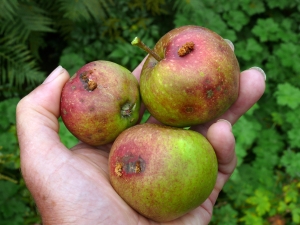
Codling Moth
A useful factsheet providing some information to help you identify and manage codling moth; providing various prevention and control alternatives to using insecticides.
Read more »
Natural Poultry Health
Interested in guidance on keeping your flock healthy with herbs and other natural products? This useful guide has a range of tips and recommendations.
Read more »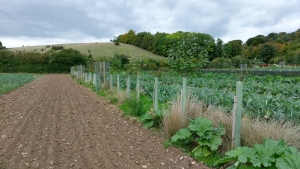
Managing the tree understorey
The area under the tree canopy in agroforestry systems should be seen as an opportunity for crop diversification / additional income rather than being dismissed as ’wasted space.’
Read more »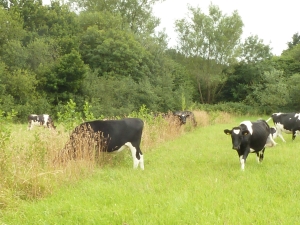
Trees for shade, shelter, survival and body maintenance
Trees and hedgerows can improve livestock welfare by providing shelter and scratching posts.
Read more »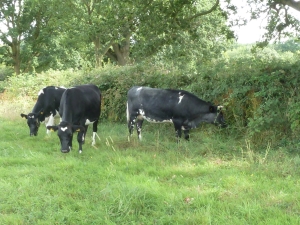
Browse, preserved tree fodder and nutrition
Trees and hedgerows are good sources of protein, vitamins and minerals for livestock.
Read more »
An Integrated Weed Management Framework
A framework consisting of 5 pillars for IWM to support farmers in defining IWM strategies; each containing a list of tactics able to affect one or more parts of the weed life cycle or of the weed-crop interaction.
Read more »![ohyf[1] ohyf[1]](https://agricology.co.uk/wp-content/uploads/2019/05/ohyf1-300x225.jpg)
Reduced till – is it a viable option for organic systems?
Potential benefits and problems with using reduced tillage in organic systems and how it impacts on weed control.
Read more »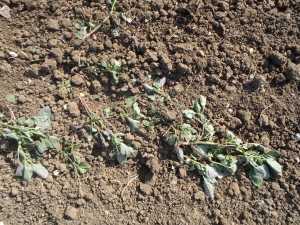
Fallowing in organic systems – a last resort?
A leaflet looking at the pros and cons of leaving land fallow in organic systems to help manage weeds,
Read more »
The Encyclopaedia of Arable Weeds
The Encyclopaedia of Arable Weeds: Understand every aspect of arable weeds to successfully manage your arable land.
Read more »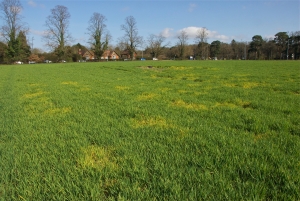
Viruses in cereals and oilseed rape
Information focusing on the options available to farmers to help manage Barley yellow dwarf virus (BYDV) and Turnip yellows virus (TuYV).
Read more »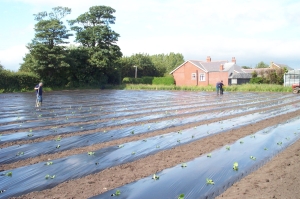
Annual Weed Management in Organic Systems
This leaflet covers actions farmers can take to prevent and control annual weeds and prevent adverse effects on crop yield and quality.
Read more »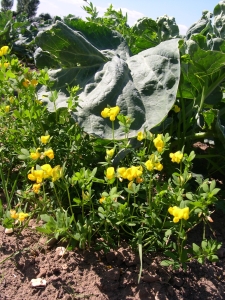
Allelopathy – a practical weed management tool?
A leaflet looking at the possibility of using allelopathy in weed management.
Read more »
Diverse / Herbal sward mixtures
Herbal leys with a diverse range of species can help resolve soil fertility problems, making forage legume mixtures hard to resist.
Read more »
Outdoor access for all animals all year round
Animals that have maximum outdoor access are able to express much more natural behaviour than when housed, leading to improved animal welfare. Find out more here.
Read more »
Use of green waste compost
Using green waste compost to help manage reductions in soil organic matter in arable soils; reducing fertiliser use, improving soil health, and reducing landfill
Read more »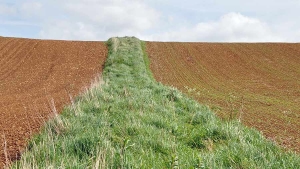
Encouraging natural predators (outdoors)
This abstract describes information on encouraging natural predators to help control crop pests that reduce yield and quality.
Read more »
Integrating leys in arable rotations
Integrating leys in arable rotations can provide multiple benefits including weed management, soil health and pollinator habitat provision.
Read more »
Biological control (indoors)
Biological control of pests in indoor production can be applied on both organic and non-organic farms. Find out how and potential benefits you could expect to gain here.
Read more »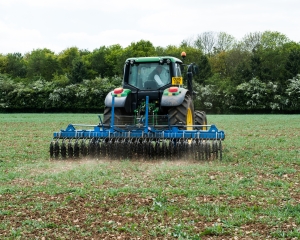
Use of mechanical weed control
Mechanical weed control has long been used on organic farms, but recent advances in technology make it a realistic option for non-organic farmers too.
Read more »
Feeding livestock on pasture-based diets
This resource looks at the practicalities of introducing pasture-fed livestock systems, the benefits and draw-backs of adoption with case studies and links
Read more »
Mixed farming through collaboration
Arable and livestock farmers can collaborate to share knowledge, land and other resources for mutual benefit and enhancement of ecosystem services and landscape.
Read more »